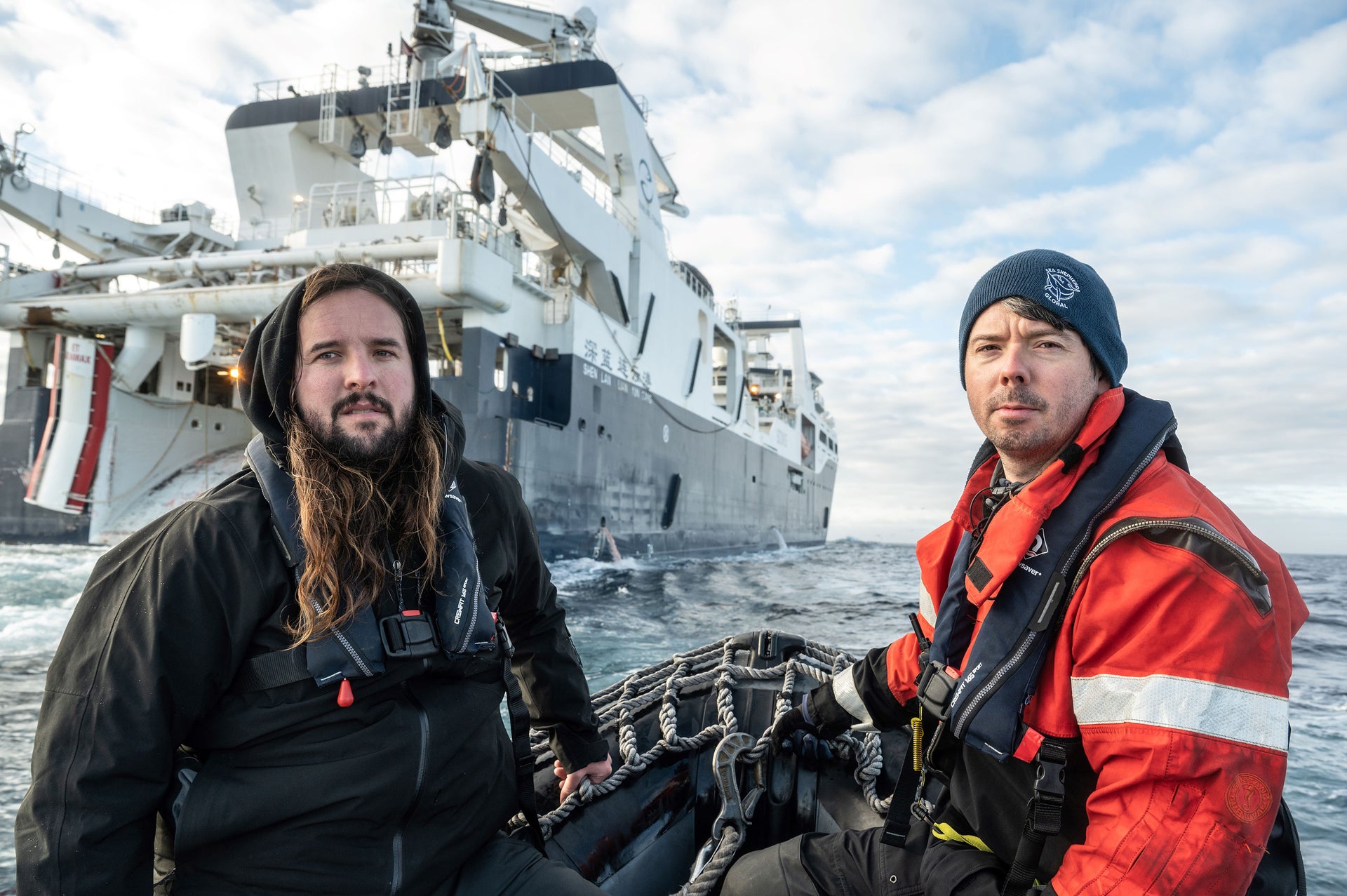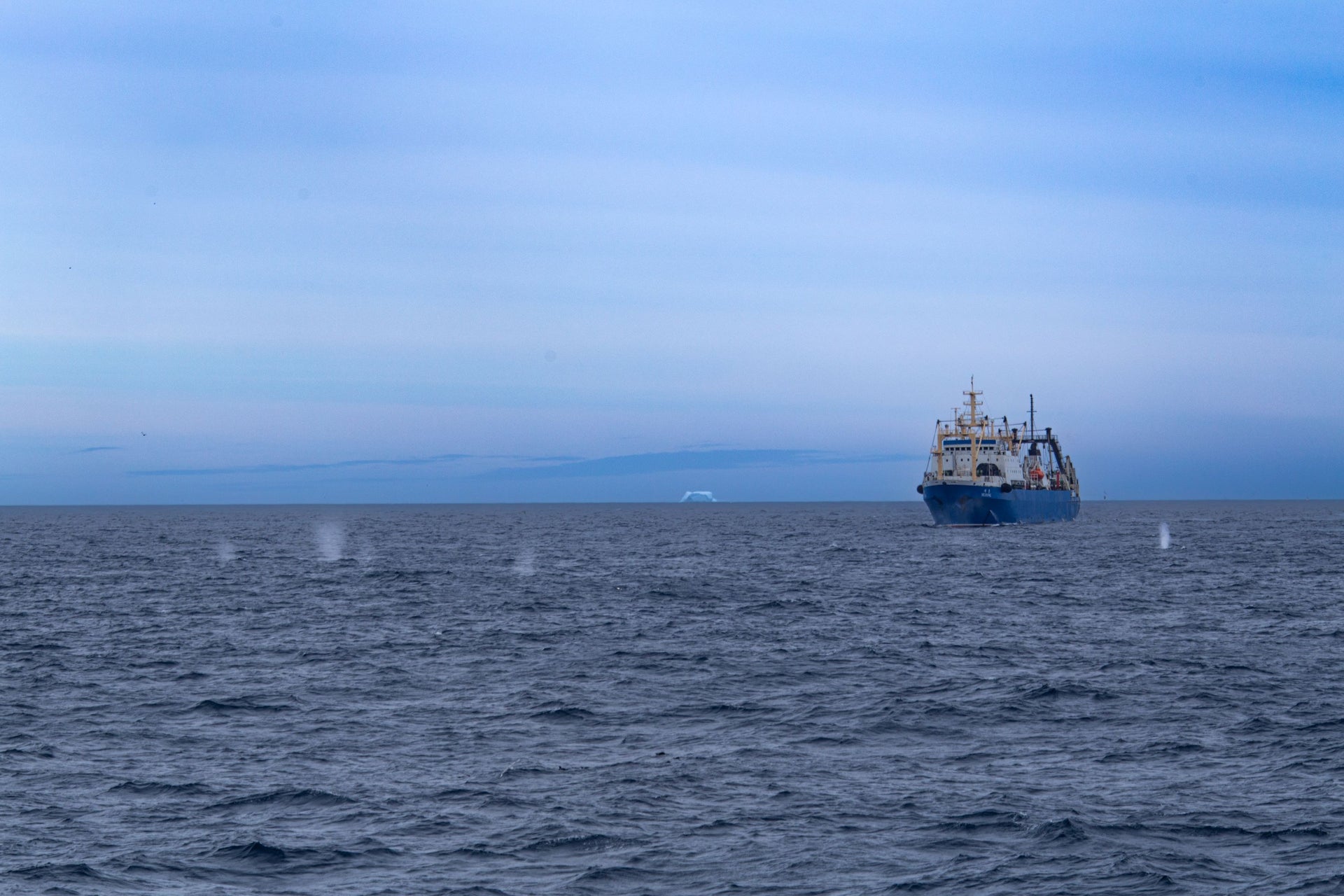It’s 4:30am and there is a firm knock on my cabin door. Stumbling out of bed, I open it. “We have the krill fleet 12 nautical miles away; we launch the fast boat in 30 minutes.” Immediately, a little bit of adrenaline starts to course through me. We’ve arrived at the krilling grounds.
I quickly pull on my waterproof clothing and head to the bridge of the ship. The radar is dotted with targets, each one a supertrawler hoovering krill out of the Antarctic ecosystem. Down on deck, the fast boat is already in the water, and before I know it, I’m outside in the Antarctic cold, descending the long, boarding ladder into the boat.
I’m currently off Coronation Island, a snow-capped and glacier-covered island in the Scotia Sea, Antarctica. Icebergs drift silently past as chinstrap penguins jump off the top of waves in what looks like a choreographed dance. I’ve come to this remote corner of the world as the Antarctic and Marine Campaigner for the Bob Brown Foundation, joining forces with Sea Shepherd Global to expose a dark underside of this otherwise stunning and pristine wilderness – a krill supertrawler fleet.
Krill, a small shrimp-like crustacean that forms the bedrock of the entire Antarctic ecosystem, is the primary food source for baleen whales and penguins, with most marine life in Antarctica either directly dependent on krill as a food source, or no more than one or two steps removed.
The voyage focuses on the heavily concentrated fishing of krill around the South Orkney Islands and the Antarctic Peninsula. It is this concentrated fishing effort that is having a serious impact on the Antarctic ecosystem, especially penguins, seals, and whales, as they compete with these supertrawlers for their food source.











